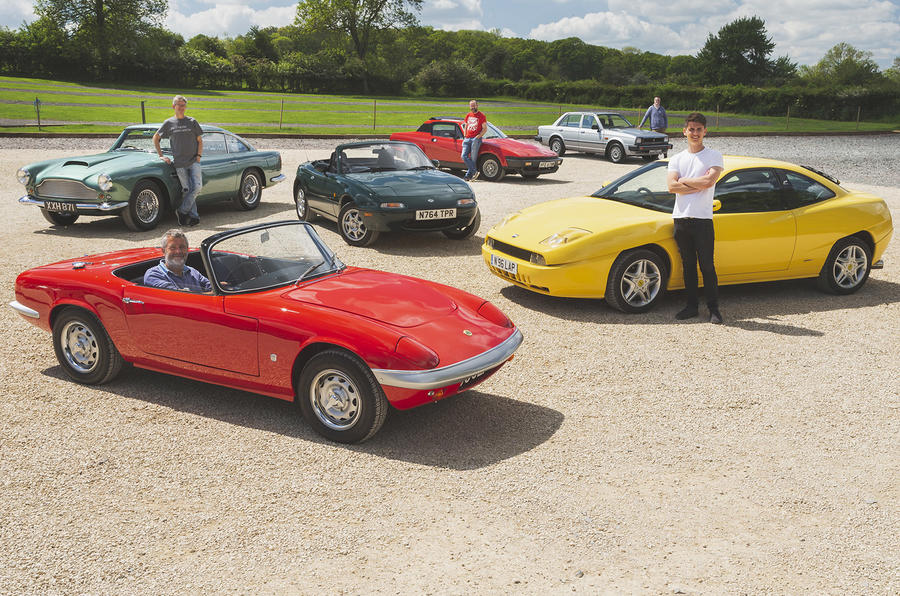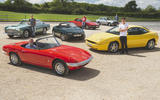"Can you stop doing this, please?” requested colleague and friend Richard Bremner. He’s got a point. This is the second feature in a year that has involved Bremner and I getting together with some of the younger members of the Autocar team and some iconic cars of varying vintage. It’s fun but it does make us feel rather ancient.
So here we are again. The challenge this time is for half a dozen of us, representing a broad sweep of ages on the magazine, to choose our favourite from cars that were launched in the year we were born. You can now appreciate Bremner’s anxiety, not least because he’s the oldest.
As you will read, the exercise has brought together a truly fascinating line-up of cars; a group so varied that they would be unlikely to appear together in a feature in a classic car magazine.
They’re from a wide range of years, too. Bremner starts us off in 1958, followed soon after by me in 1962 and stretching right up to Simon Davis, who the stork deposited on the earth in 1993. In between, we have Matt Prior in 1975, Matt Saunders in 1981 and Mark Tisshaw in 1989.
The cars are interesting in their own right, but they also mark moments in time and put into context the companies and industry that produced them.
My choice, as you’ll see, and Tisshaw’s, are extremely closely linked despite being 27 years apart in age. Prior’s and Saunders’ cars also narrate a telling tale about the British motor industry, straddling the old world and foreshadowing the new one.
Who out of the six was born in the best year for cars? We’ll be tackling that thorny one, but I’ll tell you right now: from memory and from checking on Wikipedia, I can’t see how Saunders will be able to put forward a case for 1981.
So follow us on this journey back to the crib. I’ll wager that all of you will be poring over the list of cars launched in the year of your birth to see if you’re from a vintage year or one in which the grapes died on the vine.
Richard Bremner - 1964 Aston Martin DB4
Quite surprisingly, the DB4 is the best-known new car that 1958 produced. Well, almost – it’s the succeeding but largely identical DB5 that’s familiar throughout much of the world as the Aston Martin of James Bond. But there would have been no inkling of this at the time. Only 1110 DB4s were produced, the car’s price ensuring it a rarefied clientele and infrequent sightings for the rest of us.
















































































Join the debate
Add your comment
Don't agree with the Aston
Hmmmm
Bottom of the barrell scraped for any content?
Dunno, about that as I
Me too!
Not sure why a car enthusiast wouldn't enjoy a feature like this? Some terrific cars, terrific memories, and a well written article.
At least it wasn't a comparison article between three overpriced hypercars.
What's not to like?
Aaaah, sweet memories!
My father had a brand new Triumph Acclaim as a company car. We used it for family holidays in the UK and Europe, it was comfortable, practical and reliable. I learned to drive in it and, for a 17 year old who had never driven anything else, it was actually good fun to drive.
So what if it was based on a Honda? It was a better car than most other British car companies produced, and it is a car I will always remember fondly.